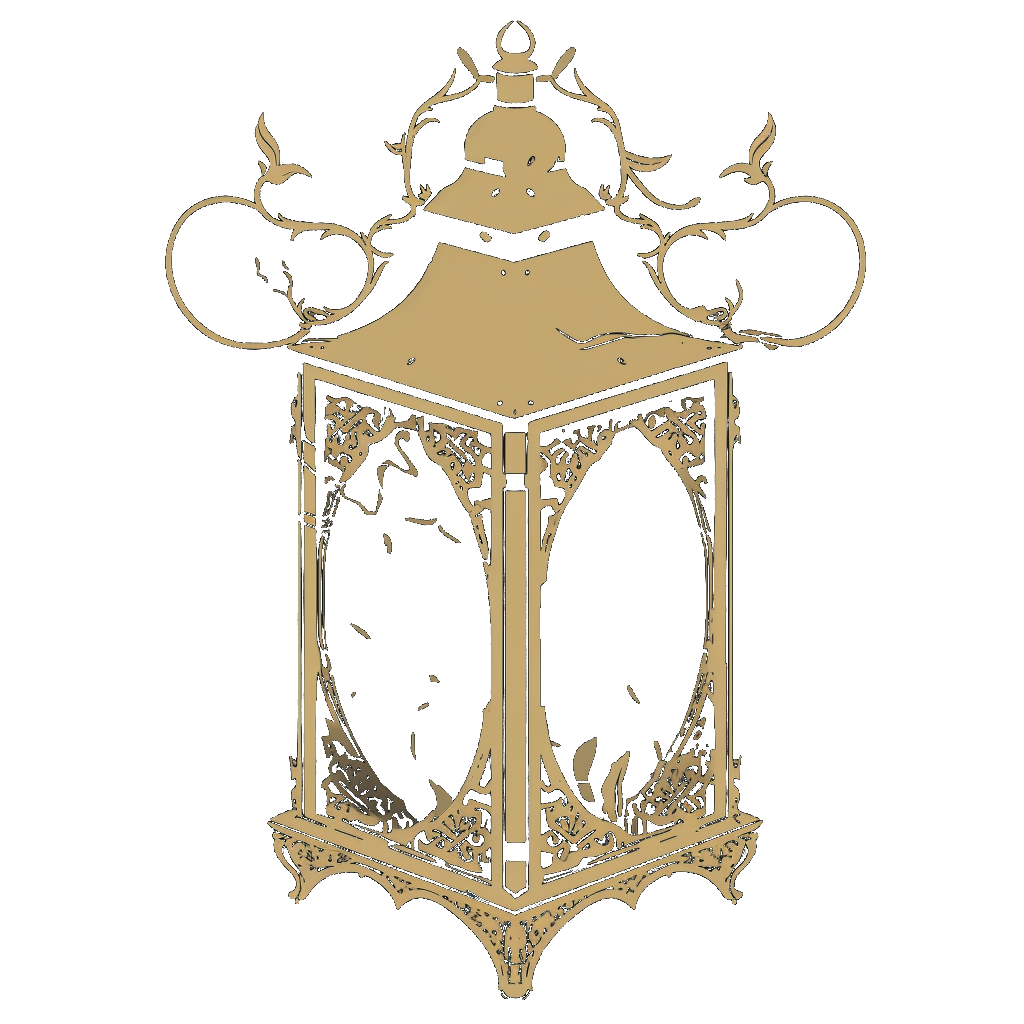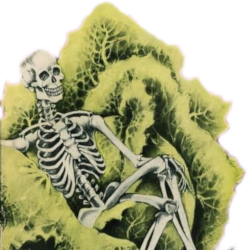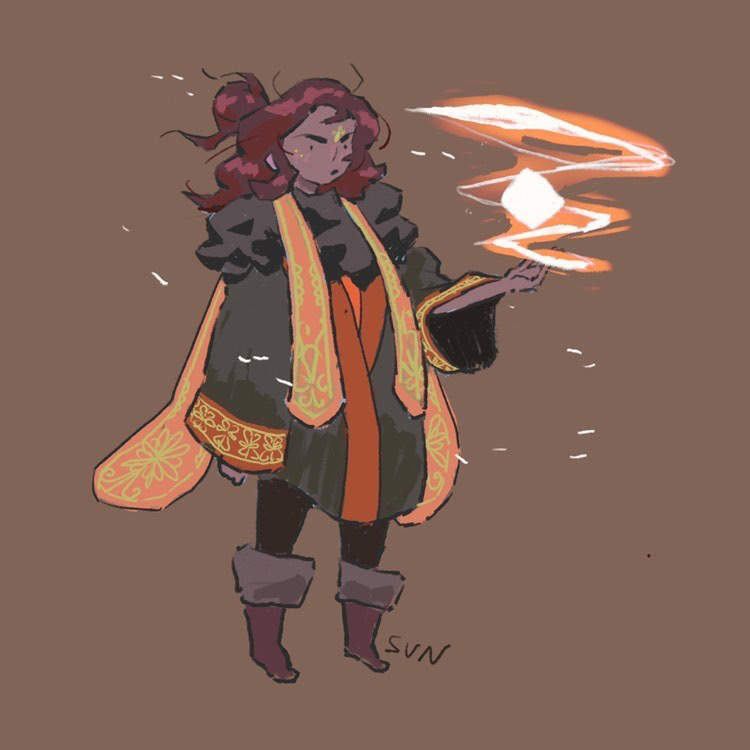Endemic to
Coormarra,
Moracae are a species of terrestrial plants with its own culture and society. Though it may seem non-existent when compared to settlements of other races, Moracean civilization is broad and consists of groups of Moracae spread out over miles of otherwise untamed nature.
These sentient, genderless plants are green and leafy beings resembling Elves or Humans. Moracean tribes consist of three to five families that live in close contact. Moracean dwellings are built deep in the oldest forests in Coormarra out of stone, wood, and leaves. When a Moracean tribe is in danger of disease or outside threats, the nearest community will often travel many miles to assist them.
Moracean culture is reserved and closely attuned to the nature around them. Moracae will help those in need when possible without expectations of reward, even those from other species. This interaction with other races cause Moracae to be viewed favorably by most cultures. Moracae prefer not to interact with coinage or paper money, and would rather barter or perform services in exchange for goods.
Moracae first emerged from the forests of Coormarra millennia ago in the
Forgotten Age. In the time since they have spread across southern
Akaris and some adventurous individuals have taken root in more distant lands of
Miras and
Turla Pann.
Because the Moracae lacked a refined written language until 190
EM, the earliest records of the Moracae come from the trade records of the crablike
Kanizai. Moracae have traded with Kanizai as early as 500
BEM for steel tools and luxury goods otherwise unobtainable for the Moracae in the forests.
The Kanizai have been attributed with helping ferry the Moracae across the
Hannalian Sea around 15 EM to where they began to spread northwards into Akaris.
Basic Information
As bipedal creatures with two legs and two arms, Moracae physically resemble humans, elves, or orcs. Thanks to the chlorophyll in their skin and coverings that they use to photosynthesize they have a predominantly green appearance.
Across their body, Moracae can grow natural leafy structures that they can painlessly trim and groom to resemble hair or clothing. Moracae that live active lifestyles such as warriors or hunters can grow thicker and stronger coverings to help protect themselves, while those who are less active can have lighter, flowing coverings.
Moracae will reproduce in pairs through spore germination, but can also reproduce asexually through the same process. A parenting pair will express their spores into a contained space within their dwelling and both will tend to the growing Moracae podling by providing nutrient nectar from their bodies. A Moracae podling produced through asexual spore germination will grow to be an effective clone of their parent (though small variations will occur), whereas podlings raised by a parenting pair will inherit genetics of both parents.
Moracae spore reproduction can produce enough spores to germinate one or two podlings a year, but culture typically limits reproduction efforts to one podling every few years to allow adequate caretaking.
Most reproduction is done by coupled pairs and allows for more genetic variation. Asexual reproduction can be done just as frequently, but successive generations of asexual offspring can result in genetic breakdowns which may cause life threatening mutations. Asexual offspring are typically produced by Moracae who have traveled alone away from their homeland and is sometimes necessary to start new tribes. If a tribe is devastated by disaster, a surviving Moracae may reproduce alone out of loneliness.
Moracae develop through five distinct stages of their life cycle.
Podlings
In their first year, Podlings are undeveloped Moracae that often lack any form of locomotion. New growths often resemble large seeds like those found in stone fruit. Podlings must be taken care of by their parent(s) in order to develop enough to reach the second stage of life.
Sablets
Sablets, or Sabs, are adolescent Moracae between the age of 2 and 16 who are capable of their own movement and thoughts. In this stage, the young sablets will develop their social skills and thinking skills. Though a sab is capable of survival on its own, the adolescents will still usually accompany an older Moracae that acts as their mentor.
Adult
Adult Moracae are those who have reached a slowdown in their physical development. Adults are fully capable of survival without assistance from another and have begun spore production.
Stroda
Stroda are uncommon and occur when an adult Moracae has progressed into an advanced stage of growth after approximately 200 years of life. Stroda are larger and stronger than younger adults. As a Stroda continues to age, they will begin to see their skin begin to harden and their height increase, signaling the ascension to the final stage of life.
Srangai
Increasingly rare, Srangai are the most ancient of Moracae who have completed their growth cycle and have become totally stationary. A Stroda will begin transitioning into a Srangai after approximately 500 years of life. A Srangai is no longer capable of self-locomotion and has become tree-like in structure. Still capable of thought and speech, a Stroda in the process of becoming a Srangai will seek out other Srangai who group in clusters referred to as parliaments.
Like other plants, Moracae are capable of producing all of their energy needs through photosynthesis as long as they receive partial sunlight without external coverings or a few hours of direct sunlight with minimally exposed skin. To power the photosynthesis process, they require adequate amounts of water each day which can be drunk as normal, or absorbed through the skin while submerged in water. Some Moracae that have adapted to more arid conditions have developed natural ways to retain water when little can be found.
If they are unable to make an appropriate amount of sun contact in a day, Moracae are capable of eating and digesting food for energy supplements. However, this process is inefficient as most nutrients received this way are absorbed for growth.
Civilization and Culture
Similar to family names in other cultures, Moracae have strand names they inherit from the parent they more closely resemble. Because their true appearance doesn't begin developing until they are a sablet, Moracae will usually receive their full name on the fifth anniversary of their sprouting (a sprout day) called a Name day. The exception to this is a podling produced by a single parent; since the offspring podling will only inherit the genetics of their one parent that parent may choose to name their child earlier than the fifth sprout day.
Because Moracae are genderless and can reproduce alone or with any other member of their species, Moracean naming conventions are decided on the expected body structure of a growing sablet. Body structures can be influenced by the nursing parent's nectar, but ultimately a given name will not be granted until the Moracae becomes a sablet.
Mesomorph - Laraf, Mafaro, Efeer
Ectomorph - Laria, Trifa, Dacae
By nature of their plant origins, Moracae have smooth yet fibrous skin. Their vascular system causes subtle venation that can be seen just under the surface. Symmetric venation is considered ideal, but more elaborate patterns will also draw attention from suitors.
Moracae are very receptive to fashion trends of other cultures and will frequently adorn clothing made by other races. New designs and styles introduced this way will influence a Moracae's grooming to better imitate their beloved clothing.
Moracae find geometric patterns and floral designs most attractive and will gravitate towards them when in marketplaces or gardens. Warm colors like red and purple are found to be more desirable by Moracae, and will sometimes dye their natural covering to match those colors; however traditional, natural coloration trends towards green and blue.

by Wanabe
Average Height
Adult: 5' - 6'
Stroda: 8' - 9'
Srangai: 15' - 30'
Body Tint, Colouring and Marking
Hues of green skin with accents of white, reds, purples, and blues.
The world of A Lantern Broken
A high definition map of continent of Elis.
Such a wonderful dress. The colors are delightful and the pattern is so intracate. Could you tell me where you got it? By the way symetry of your lacing is quite beautiful. — A talkative Moracae startling a woman at the market.








Great article, those are very nice-plant people! I love the illustration you have, your sablet looks very cute :D I love the details you have provided about the reproduction. I'm wondering what's the proportion of people choosing asexual reproduction? Would some people chose to do that twice a year every year and just have a bunch of clones around? In both cases, what's the average number of children per parents? Since they don't get pregnant, they don't have ethe same limit as us, but on the other hand they still need to take care of the children for a similar length of time. Can they absorb water through their skin? I'm guessing that they photosynthesise and that regular exposition to sunlight is necessary. What implication does this have for their clothing style? On your illustration, is the darker green clothing or part of their body? Small note: "the adolescents will still usually accompany and older Moracae the acts as their mentor" you have to typo here, "and" should be "an" and "the" "that".
Thank you for the great comment! I have updated my article to address the questions you've brought up. I've added that successive asexual reproduction, like clones of clones, can result in genetic breakdowns that could result in mutations or life threatening disabilities. Otherwise, a single person or pair could potentially clone themselves every year for hundreds of years without repercussions, but who could handle that many kids? Since Moracae can live for potentially hundreds of years they could end up having many children if they desired, but ultimately I think their culture would prevent themselves from having "too many". I don't think it would be too uncommon for them to have between 5 and 15 children in their lifetime. You are right about photosynthesis, and like all plants they need water as well. They can absorb water during baths or drinking it directly. But since they are not rooted in the soil, they also require to eat for nutrients to grow. The 'clothing' in the picture is actually part of their body. They grow coverings and can groom themselves to make it appear more like clothing of other races. Since it is part of them the coverings also have chlorophyll for photosynthesis. I added a beauty standards section that details their love of clothing and fashion. And thanks again for showing me the typos. I've corrected that line, but I probably added more with the new content. Ha!
I've reread the article and you have indeed clarify most of the point I was wondering about. I love all the new sections you've added, all those cultures bits really bring to life those people :D